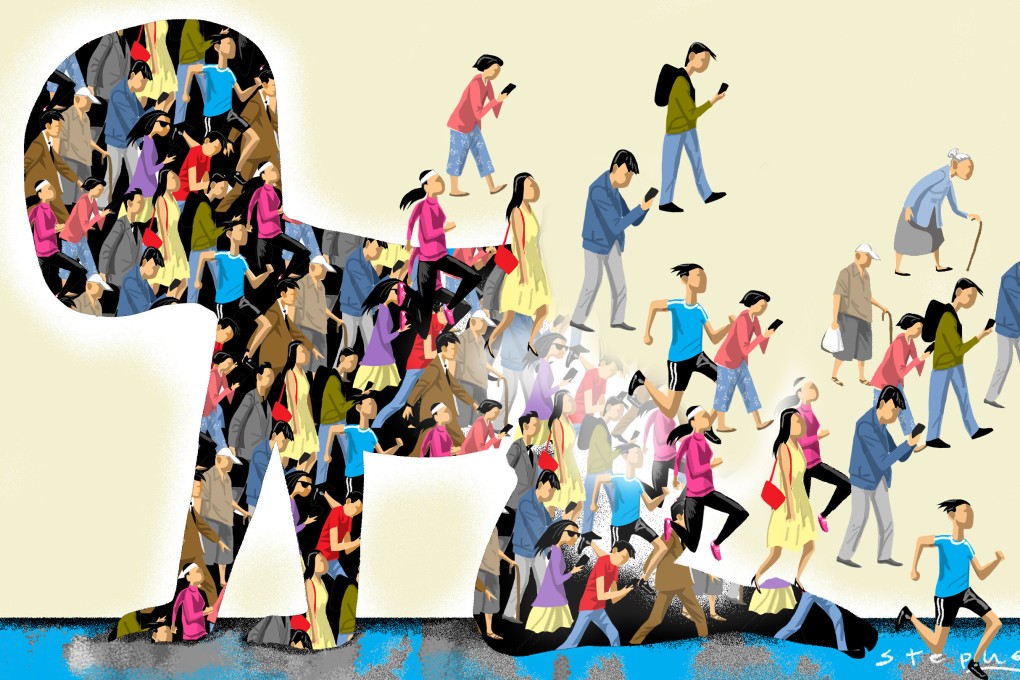Advertisement
Opinion | Population decline could end China’s civilisation as we know it. When will Beijing wake up to the crisis?
- The seeds of the crisis were sown by a development strategy that relied on cheap, plentiful migrant workers to power manufacturing and construction
- Now, their children don’t want to be like them – they would rather surf the internet than have children. The property bubble is only making things worse
Reading Time:4 minutes
Why you can trust SCMP
27

The Chinese government recently reported a sharp drop in registered newborns in 2020, 15 per cent down on the year before. This follows three consecutive yearly declines. Instead of a pandemic baby boom, China seems to be having a baby crisis, worse than in far richer countries such as Japan and South Korea. Does it matter?
The total number of births in China for 2020 is likely to be significantly below 14 million, compared to the annual average of 16.3 million over the past two decades. At the rate China is going, average annual births for the current decade may fall below 12 million, which would be roughly half the number for the 1980s and the 1990s.
While fast-greying Japan is widely known to face the greatest demographic challenges, it has suffered a less dramatic drop in average births over the past four decades than China.
China’s low birth rate last year had little to do with the coronavirus crisis, as lockdowns became nationwide only around February. Instead, it is more significant that marriages had declined in previous years, even falling below the 10 million mark for the first time in 2019. Given the trend, the baby crisis is unlikely to ease this year. Indeed, China’s marriage statistics look a lot like Japan’s, but with a decade’s delay.
And taking into account the decades-long one-child policy, China’s demographic problems will probably be worse than Japan’s. Abandoning that policy is clearly not enough to change the trend. When China revised its policy in 2016, to allow couples to have two children, there was a tiny baby boom for two years. A precipitous decline followed afterwards.
Birth numbers can be volatile due to changing economic and social circumstances, but the long-term trend tends to be smoother. While one can never be sure of a major shift in a trend until it works its way through, important evidence suggests that something new is afoot.
Advertisement
